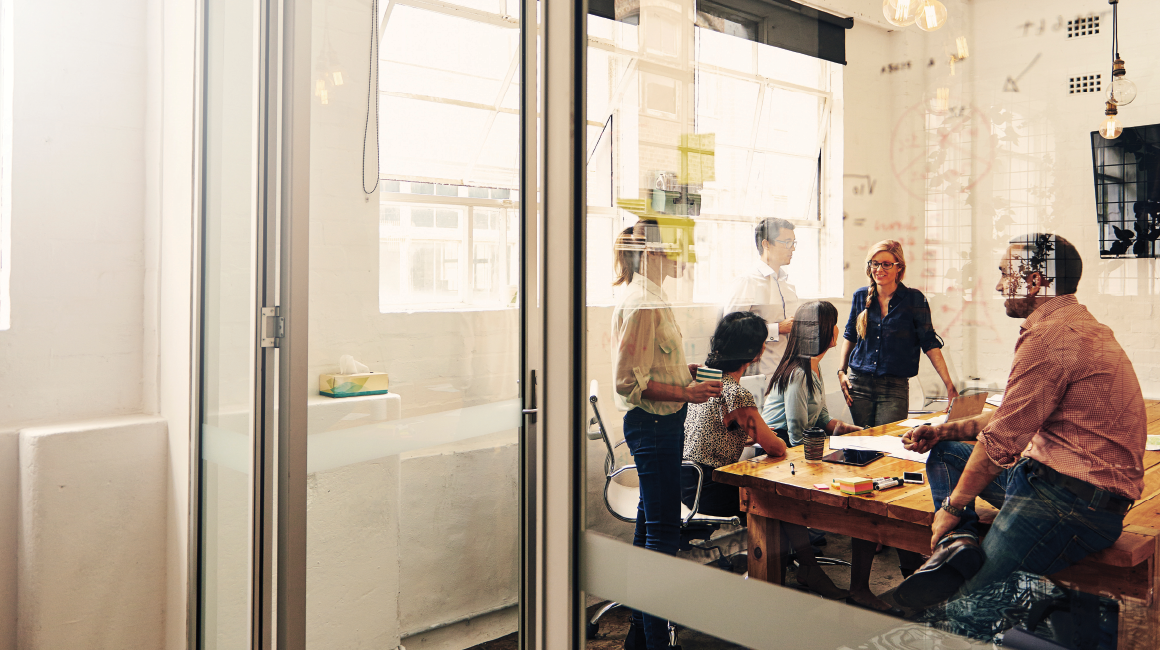The growing importance and recognition of design-centric startups has piqued the interest of investors and venture funds worldwide. There are compelling reasons design entrepreneurs are becoming the darlings of the investment community.
The ubiquitous iPhone recently celebrated its first golden decade. The father of the smart phone, Steve Jobs, who was hailed as an iconic visionary had earned that reputation by being a stickler for design excellence. There are many legendary stories when Mr. Jobs sent the entire team scurrying back to the design board to come up with a product design that redefined the way we use phones or consume technology.
One such glowing breakthrough was the design of its Midtown Manhattan Apple store on Fifth Avenue with a glass cube that has received numerous architectural awards. Several flagship stores feature glass staircases, which are under a personal patent of Jobs. The result of all these efforts is astonishing gains in profitability. According to eMarketer, Apple stores have greater sales figures per square foot than any other retail location.
It is no surprise that “not only is Silicon Valley taking design more seriously, but design is actually taking over,” said John Maeda who is Design Partner at the venture capital firm Kleiner Perkins Caufield Byers during a presentation at South By Southwest.
In his ‘Design in Tech’ report, Maeda also revealed that 27 startups that were cofounded by designers have been acquired since 2010 by companies like Google, Facebook, LinkedIn and Adobe.
Corroborating Maeda’s point is a Harvard Business Review Study that revealed that companies which “institutionally understand the value of design”, beat the Standard & Poor’s Index by 228 per cent over 10 years from 2003 to 2013. This was measured using the Design Value Index, created by Motiv Strategies and the Design Management Institute which tracks how design leads to returns on investment.
The growing breed of designers brining commercial success has a unicorn in the list – Airbnb. Unlike success stories of tech geeks, the popular hospitality site Airbnb was started by Brian Chesky and Joe Gebbia who met at Rhode Island School of Design. Currently valued at over $30 billion, Airbnb is truly a billion-dollar bed and breakfast company.
While Silicon Valley maybe sashaying forth with start-ups led by designers, Singapore based companies are also beginning to lead with innovative design in other areas. A great example of a Singapore-based solution that epitomises ‘design to improve life’ is INDEX: Award 2015 Winner, Sky Urban Vertical Farming System. The solution addresses urbanisation, food distribution, production and many other challenges that Singapore and other cities are confronted with. Addressing a variety of pressing global challenges, the vertical farming system is the world’s first low carbon, water-driven plot that grows vegetables through efficient and highly sustainable production methods.
It is a common refrain in investment circles that Venture Funds are only keen to meet ‘fundable companies’. While every professional investor may have a slightly different perspective, there are some common attributes that get investors excited.
“We look for a strong team and track record. Proven concept and potential scalability of the business. Potential impact integrated into the business model. We see design entrepreneurs looking for multi-disciplined social capital and access to networks that will help them succeed especially where they seek investments,” says Lisa Chong, Strategy and Programme Director at Denmark based INDEX: Design to Improve Life, that has an investment fund for Design based startups.
She explains that while there is a tendency of design-led startups coming from the US and Europe, “there are general trends of innovation in Asia relating to the future of work, mobility and transportation, health and ageing as well as energy and climate”.
“We definitely see innovations in Asia integrating tech platforms as more and more people rely on convenience and connectedness. What we see is that this further creates the demand for design in order to bridge technologies with the human touch through user-interfaces and experiences to service this demand for convenience,” Chong says.












 Back
Back
